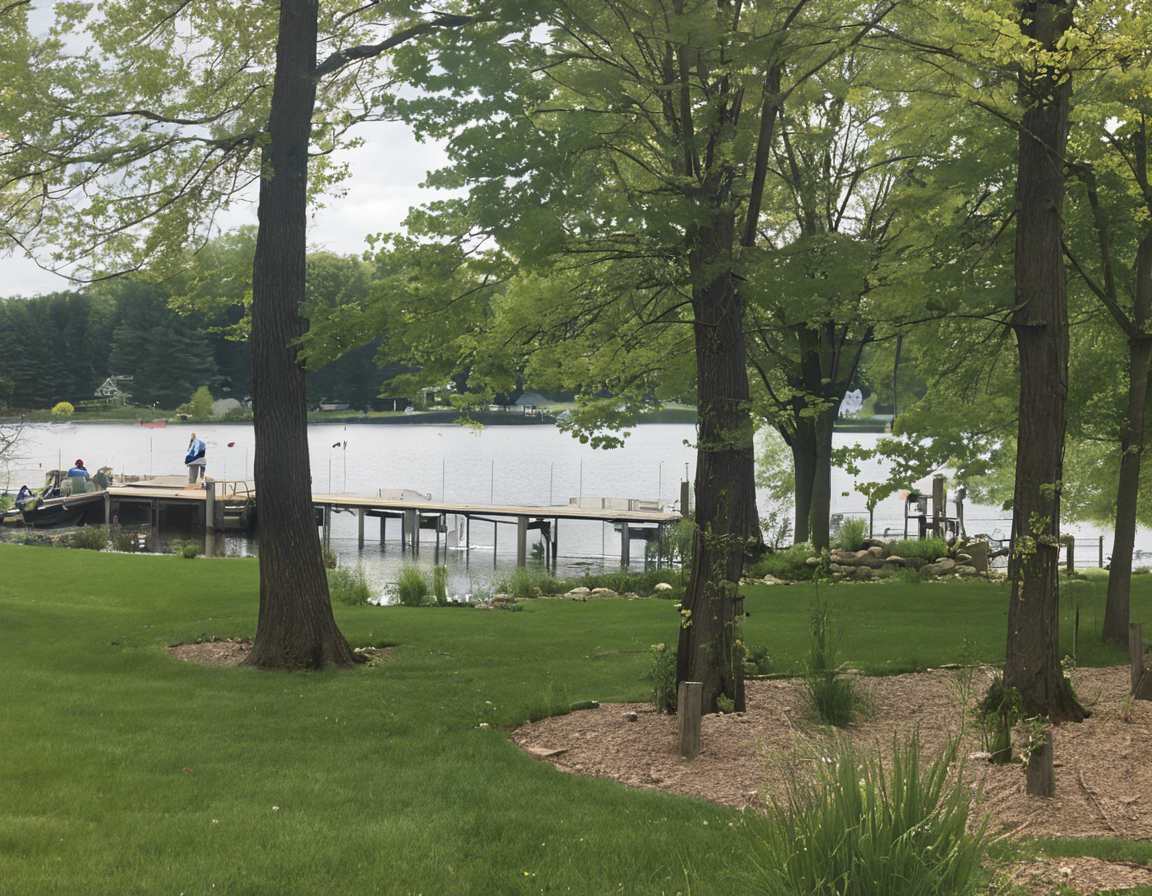
Nestled in a picturesque setting, Whitmore Lake is a charming town in Michigan that offers a serene escape from the hustle and bustle of city life. Known for its scenic beauty and outdoor recreational activities, Whitmore Lake is a hidden gem waiting to be explored. One of the town’s standout features is its planted Whitmore Lake, a thriving ecosystem that not only enhances the natural beauty of the area but also plays a crucial role in maintaining the ecological balance of the region.
The Importance of Planted Whitmore Lake
Planted Whitmore Lake serves as a vital habitat for a diverse range of flora and fauna, making it a crucial ecosystem within the town. The plants that grow in and around the lake provide food and shelter for various wildlife species, creating a delicate balance within the environment. Additionally, the vegetation helps to prevent soil erosion along the lake’s shores, preserving the integrity of the ecosystem.
Diversity of Plant Life
The plant life surrounding Planted Whitmore Lake is a sight to behold, with a rich diversity of species that contribute to the overall health of the ecosystem. From native aquatic plants such as water lilies and cattails to shoreline shrubs like willows and dogwoods, each plant plays a unique role in the ecosystem. These plants not only enhance the aesthetic appeal of the area but also support the local wildlife population by providing food and shelter.
Benefits of a Planted Lake
Planted Whitmore Lake offers a host of benefits, both environmental and recreational, to the community and beyond. Here are some key advantages of having a planted lake:
1. Improved Water Quality
The plants in Planted Whitmore Lake help to oxygenate the water and filter out pollutants, resulting in improved water quality. This is essential for the health of the aquatic ecosystem and the overall well-being of the lake.
2. Wildlife Habitat
The diverse plant life in and around the lake provides a habitat for a variety of wildlife species, including birds, fish, amphibians, and insects. This contributes to the biodiversity of the area and creates a thriving ecosystem.
3. Erosion Control
Plants play a crucial role in preventing soil erosion along the lake’s shores by stabilizing the soil with their roots. This helps to protect the shoreline and maintain the integrity of the ecosystem.
4. Recreational Opportunities
Planted Whitmore Lake enhances the recreational opportunities available to visitors, with activities such as birdwatching, fishing, and hiking. The natural beauty of the planted lake creates a tranquil setting for outdoor enthusiasts to enjoy.
Maintenance and Preservation
Maintaining the health of Planted Whitmore Lake requires careful management and preservation efforts to ensure the longevity of the ecosystem. Regular monitoring of water quality, weed control, and habitat restoration are essential components of preserving the planted lake for future generations to enjoy.
FAQ:
1. What is the best time to visit Planted Whitmore Lake?
The best time to visit Planted Whitmore Lake is during the spring and summer months when the plants are in full bloom, and wildlife activity is at its peak.
2. Are there any guided tours available for exploring Planted Whitmore Lake?
While guided tours may not be available, visitors can explore the planted lake on their own and take advantage of informational signs that provide details about the ecosystem.
3. Can I fish in Planted Whitmore Lake?
Yes, fishing is permitted in Planted Whitmore Lake, but visitors must adhere to local fishing regulations and obtain the necessary permits.
4. Are there any restrictions on boating activities in Planted Whitmore Lake?
While boating is allowed on the lake, there may be restrictions on motorized watercraft to protect the ecosystem. It is recommended to check with local authorities before engaging in boating activities.
5. How can I contribute to the preservation of Planted Whitmore Lake?
Visitors can contribute to the preservation of Planted Whitmore Lake by practicing responsible tourism, avoiding littering, and respecting the natural environment. Additionally, participating in volunteer clean-up efforts can help maintain the health of the planted lake.
In conclusion, Planted Whitmore Lake is not just a body of water; it is a thriving ecosystem that sustains a wide array of plant and animal life. By appreciating and respecting this natural treasure, visitors can experience the beauty of an ecosystem that is as delicate as it is stunning. Whether it’s birdwatching, fishing, or simply enjoying a peaceful stroll along the lakeshore, Planted Whitmore Lake offers a rejuvenating escape into the wonders of the natural world.
